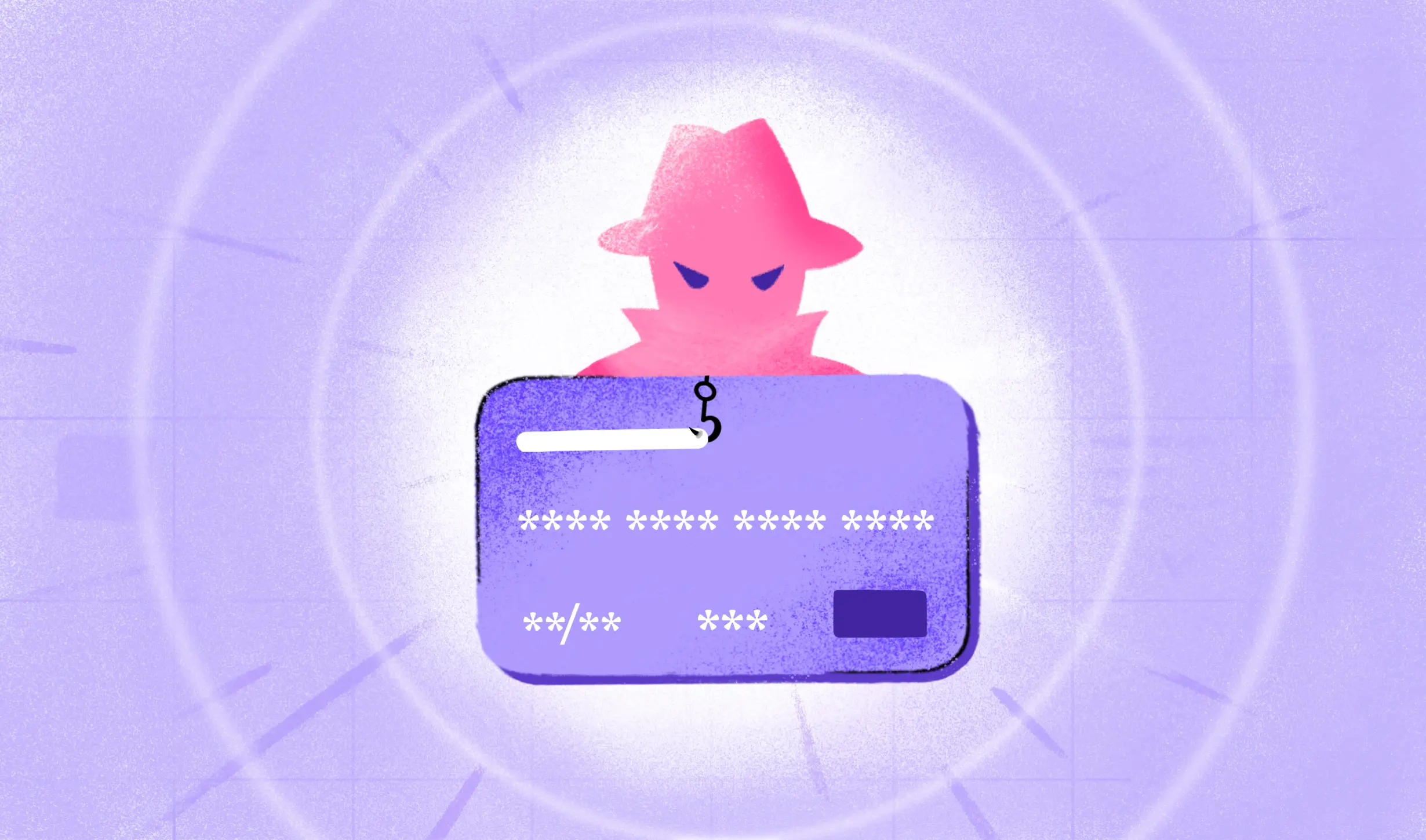Little doubt exists that social media has become a part of our daily lives. Have you wondered about the consequences if someone impersonates your social media handle by creating fake accounts? Well, it can severely dent your identity, reputation and financial health. So, let us understand how cyber criminals commit social media scams by creating fake accounts.
Understanding Social Media Platforms and the Rise in Cyber Crimes Targeting Users
According to Warren Buffet, cybercrime is the biggest challenge facing mankind, posing grave risks to our future on par with biochemical and nuclear warheads.
Roughly one million new people access the internet daily. Social media is an integral part of this network. According to the latest research, more than 4 billion people used social media networks in 2022. That translates to 60 percent of the global population.
Any social media platform generates huge volumes of internet data. Cybercriminals take advantage of internet platforms to create fake profiles to garner “Likes”, “Clicks”, and “Views” on their content and then once they achieve the targets, they change the profile to something else to distribute their scams. Most brands are aware of the fake profiles that criminals have created to impersonate their content, but they can do nothing much except for reporting them to the policy-makers of the social media platforms.
Fast Facts on Social Media Crimes and Frauds
Fake profiles, use of copied content, email phishing and digital payments frauds are the most rampant social media scams. Facebook (now Meta) said that stolen information impacted 1 million of their users. In 2021, it removed 1.7 billion fake accounts. However, fake accounts are still at large. Likewise, almost 1 out of 5 (19.42%) Twitter handles are fake or spam. Recently, many iconic brands were trolled for being fake and for posting irrelevant content through their Twitter handles. A criminal can sabotage your brand’s Twitter handle by first earning a “Blue tick” and then getting you suspended for copying content and spreading false information. The problems for brands do not just stop here.
Faulty telephone number verification may lead criminals to shoppers’ email addresses, or bank apps linked to social media networking sites. An average individual user can have 4-5 social media accounts across platforms. An organisation could have 40+ accounts! Hence, a simple mistake in account verification can compromise your mobile device or email inbox.
Fraud can jeopardise an organisation’s annual revenue. In addition, it can dent the brand reputation and compromise customer information. Moreover, frauds have a domino effect where one fraud leads to another. The result is an increase in ransomware attacks, financial data thefts, and phishing email incidents.
So, how do you stop criminals from stealing data from social media? One simple answer – use Account Verification technology.
What is Account Verification Technology?
An account verification platform such as Hyperverge provides different identity verification services to secure your business.
How does Account Verification Technology Work for Social Media Platforms?
Statistical data shows that most leading social media companies ask for a User Name, a valid email address and a telephone number. The information is crucial for customer onboarding and account verification.
Some apps could also ask for additional information to personalize an account. These could be:
- DoB
- City of Residence
- Country/ Origin
- Current relationship status
- Anniversary date
- Pet names
- Affiliations, interests and hobbies
Platforms can prevent fraudsters from tracking their sensitive data using ID verification software. These come with an added layer of security protocols powered by AI, Biometric recognition, video KYC and face authentication. Hence, the account verification links to a security API acting as a risk manager.
How to Use Account Verification Technology to Prevent Account Takeovers?
To benefit from account verification technology, identify what works best for you. Here are ways to use account verification for social media:
1) Use biometrics for email verification similar to bank account verification by integrating with the APIs.
2) Opt for video KYC of your social media account to secure your personal and corporate digital media assets.
3) Always keep your photos in ‘private mode.’
4) Use an account verification tool to ensure smart detection of your face.
In an era where everything is running on AI, how can you leave your account outside this realm?
AI minimizes errors in account creation and ID verification.
FAQs
Why do social media platforms need to verify accounts?
Verifying accounts helps to ensure the authenticity of accounts and prevent impersonation on the platform.
What information does the social media platform need to verify an account?
The social media platform may need to verify information such as your name, email address, phone number, or other identifying information in order to confirm your identity.
How long does it typically take for an account to be verified on the platform?
The amount of time it takes for an account to be verified on the platform can vary, but the process is usually completed within a few weeks. It may take longer if the platform needs to request additional information or if there are any issues with the verification process.

 US
US
 IN
IN









